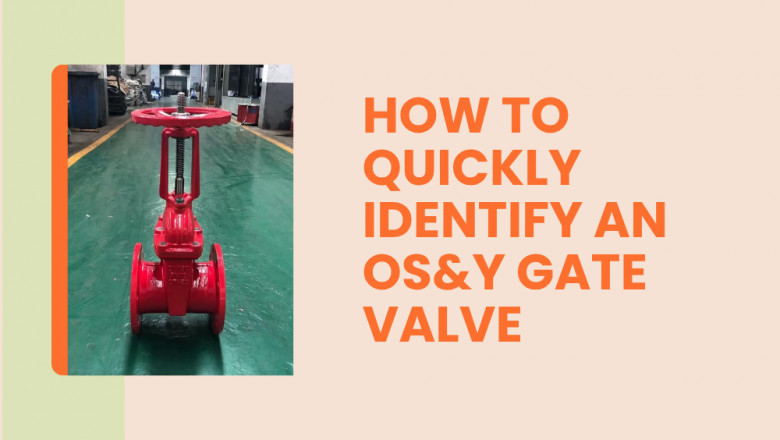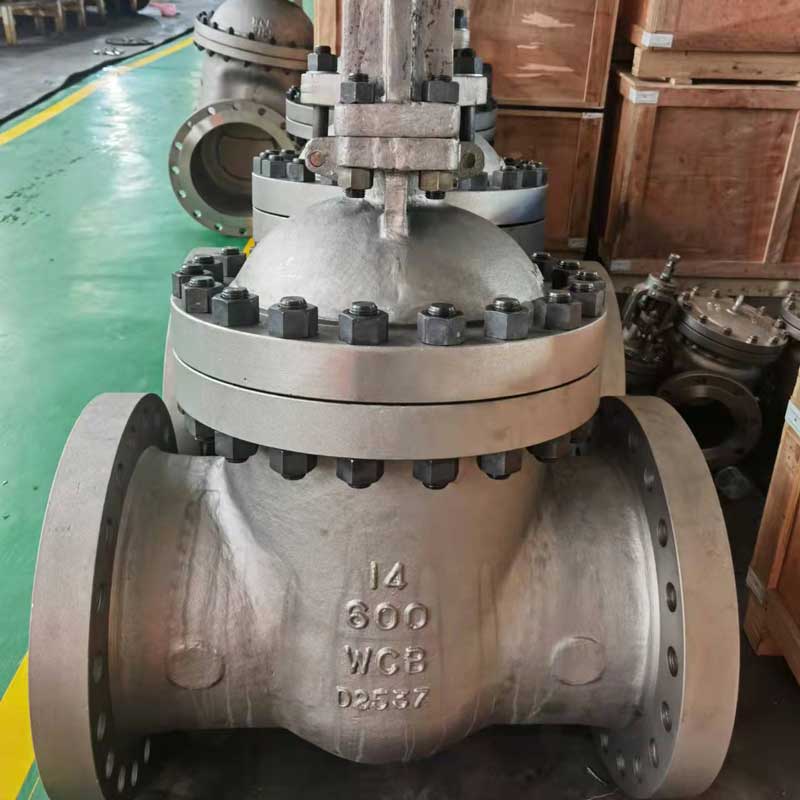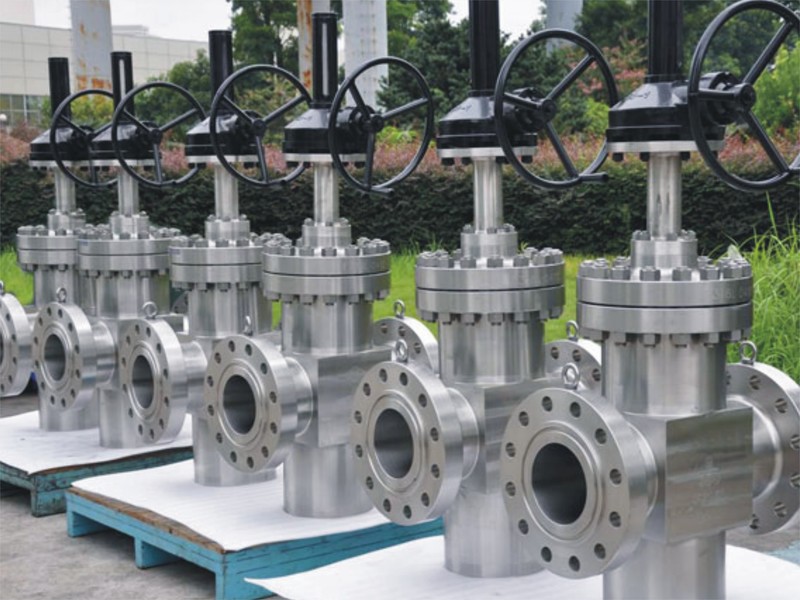views
OS&Y (Outside Stem and Yoke) gate valves are commonly used in fire protection systems, water supply lines, and industrial piping networks. Known for their visible operation and reliability, OS&Y valves play a crucial role in ensuring system safety and integrity. Despite their widespread use, many professionals and facility managers are still unfamiliar with how to quickly and accurately identify these valves. This guide provides a comprehensive and professional overview of how to identify an OS&Y gate valve, including its visual characteristics, components, markings, and common applications.
Understanding OS&Y Gate Valves
An OS&Y gate valve is a type of rising stem gate valve where the stem is positioned outside of the valve body. The valve stem moves up and down as the valve is operated, making it easy to determine whether the valve is open or closed. The yoke is a supporting structure that holds the top of the stem and allows for smooth operation.
These valves are especially popular in fire protection systems because their position can be easily verified visually, which is essential for safety inspections and compliance.
NOTE:- High-quality OS&Y Gate Valve in UAE was supplied to leading fire protection projects across the region. Compliance with UL/FM standards was ensured for optimal safety and durability. Get in touch with Sensor Techuae for reliable valve solutions today.
Key Components of an OS&Y Gate Valve
Before identifying an OS&Y gate valve, it’s important to understand its major components:
- Valve Body: The main casing that houses the internal gate and stem.
- Gate: A solid barrier that moves up and down to control fluid flow.
- Stem: The threaded shaft that moves the gate when rotated.
- Yoke: A structure that supports the stem and connects it to the actuator (handwheel).
- Bonnet: Covers the stem and forms a seal to prevent leaks.
- Handwheel: Used to manually operate the valve.
Visual Characteristics to Look For
Rising Stem
One of the most distinguishable features of an OS&Y valve is the rising stem. When the valve is opened, the stem visibly moves upward. When it is closed, the stem moves down and becomes less visible. This clear indicator is a primary way to identify an OS&Y gate valve.
External Yoke Structure
The yoke is an external framework that holds the stem and handwheel above the valve body. This yoke is easy to see and differentiates OS&Y valves from other types of gate valves that might have non-rising stems or enclosed actuators.
Large Handwheel on Top
Most OS&Y valves feature a prominent handwheel on the top, which is used for manual operation. The size of the handwheel allows for easy turning and better control over valve movement.
Flanged Ends
In many cases, OS&Y valves have flanged ends for secure attachment to piping systems. These flanges are bolted connections that provide durability and resistance to pressure.
Identifying Markings and Labels
Manufacturer Name and Model Number
Most OS&Y gate valves are stamped or labeled with the manufacturer’s name and model number. This information is typically located on the body of the valve and can help in verifying the valve type and specifications.
Pressure Ratings
The valve will often have pressure rating indicators such as "125 psi" or "250 psi," which specify the maximum allowable pressure. This is another identifier that distinguishes OS&Y valves used in high-pressure systems.
Size and Material Information
Look for labels indicating the valve size (e.g., 2-inch, 4-inch) and the material (e.g., ductile iron, stainless steel). These details are crucial for ensuring system compatibility.
UL and FM Approvals
In fire protection systems, OS&Y valves often carry certification markings from Underwriters Laboratories (UL) and Factory Mutual (FM). These symbols verify that the valve meets industry standards for safety and performance.
Comparing OS&Y With Other Gate Valves
OS&Y vs. Non-Rising Stem (NRS) Valves
A common point of confusion is distinguishing OS&Y valves from Non-Rising Stem (NRS) valves. Unlike OS&Y valves, NRS valves do not have a visible rising stem. Instead, the stem rotates inside the valve, making it harder to determine the valve’s open or closed position visually.
OS&Y vs. Butterfly Valves
Butterfly valves are also used in similar systems but are very different in design. They feature a disc that rotates to open or close the flow path, and they typically have a lever or gear operator instead of a handwheel. The stem in butterfly valves is not external, and the overall appearance is more compact.
Common Applications That Help in Identification
Fire Sprinkler Systems
In most commercial buildings, if you see a valve controlling the main water line to a sprinkler system with a rising stem and yoke, it’s very likely an OS&Y gate valve. Fire codes often require these for visibility and manual operation during emergencies.
Industrial Water Systems
In factories and manufacturing plants, OS&Y valves are frequently used in process water lines, particularly when easy visual confirmation of the valve status is necessary.
Municipal Water Lines
Local water utilities also use OS&Y valves in main lines and pumping stations due to their reliability and ease of inspection.
Inspection Tips for Confirmation
If you are still unsure whether a valve is an OS&Y, here are a few steps to take:
- Operate the Valve: Turn the handwheel and observe the stem. If it rises visibly, it’s likely an OS&Y valve.
- Check for Yoke: Look for the yoke bracket connecting the stem and handwheel.
- Read Labels: Look for stamped markings indicating the type and specifications.
- Look for Certifications: UL and FM markings are strong indicators of an OS&Y valve in fire protection contexts.
Safety and Maintenance Considerations
Because OS&Y valves are often used in critical safety systems, routine maintenance is essential. Visual inspections should be conducted regularly to ensure the stem moves freely and there are no signs of corrosion or leakage. Additionally, the handwheel should be turned periodically to prevent seizing.
In systems like fire suppression, it's common practice to keep these valves sealed in the open position using tamper switches or locks. These can also serve as indicators during an inspection.
Conclusion
Identifying an OS&Y gate valve quickly and accurately is a valuable skill for professionals in plumbing, fire protection, and industrial maintenance. By observing key visual features such as the rising stem, yoke structure, and labeled information, you can distinguish these valves from other types with confidence. As an essential component of many critical systems, ensuring that OS&Y valves are correctly identified, maintained, and operated is vital for safety, compliance, and operational efficiency.















Comments
0 comment